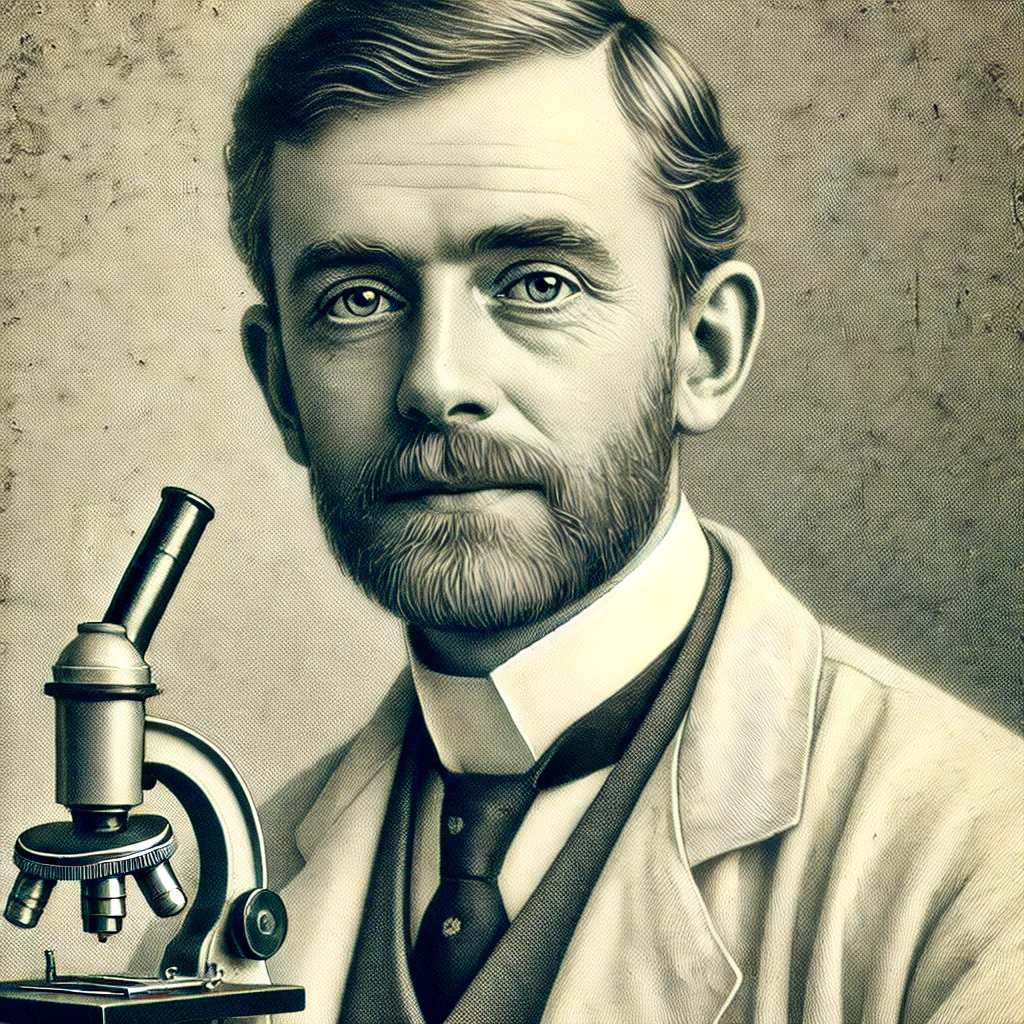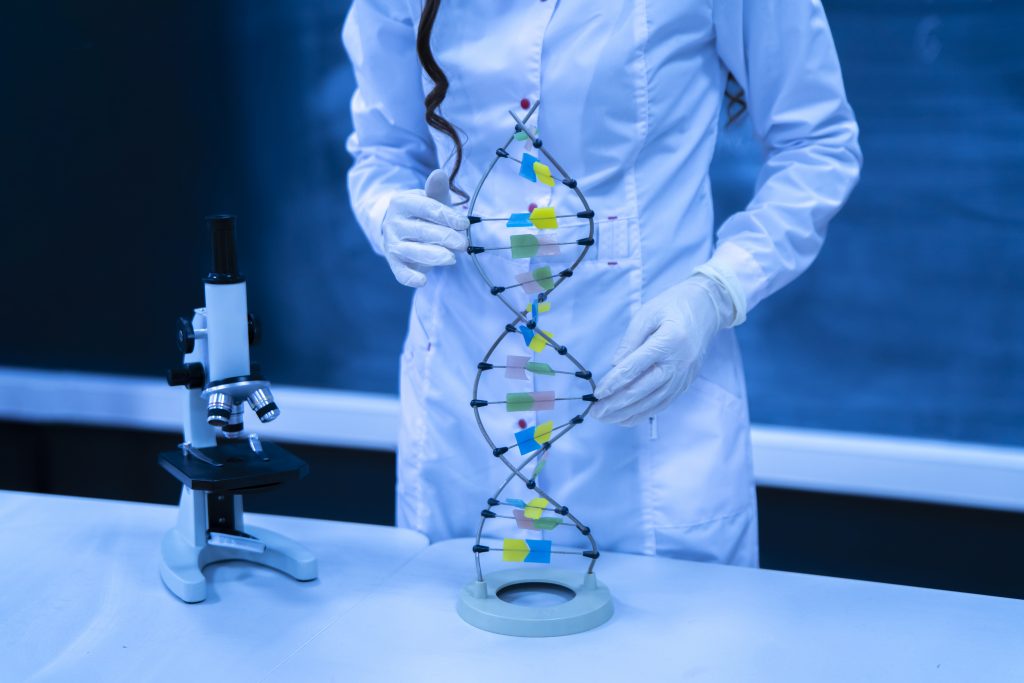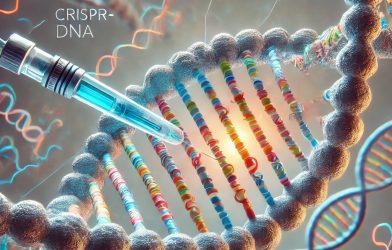The discovery of DNA is one of the most important scientific achievements in history, but it was not the result of a single moment of brilliance. Rather, it was a collaborative and gradual process involving many scientists over several decades. Understanding the molecule that carries genetic information has transformed biology, medicine, and countless other fields.
The Early Foundations: Miescher’s “Nuclein”
The journey began in 1869 when Swiss biochemist Friedrich Miescher made the first major step towards understanding DNA. While working with white blood cells, he isolated a substance from the nuclei of cells that was different from proteins and other known cell components. He called this substance “nuclein.” Though Miescher didn’t realize its significance at the time, this was the first discovery of DNA.
Miescher’s work was groundbreaking, but his discovery didn’t immediately lead to the recognition of DNA as the genetic material. For decades, proteins were thought to carry hereditary information, as they were more complex and varied than nucleic acids.

Griffith’s Transforming Principle
A major breakthrough came in 1928 with British bacteriologist Frederick Griffith. Through a series of experiments with pneumonia-causing bacteria in mice, Griffith observed what he termed a “transforming principle.” In his experiment, harmless bacteria were somehow transformed into a virulent form when mixed with dead, disease-causing bacteria. This indicated that some material from the dead bacteria was responsible for the transformation, but the exact nature of that material was unknown.
While Griffith didn’t identify DNA as the transforming factor, his work paved the way for later discoveries.
Avery, MacLeod, and McCarty: DNA as Genetic Material
It wasn’t until 1944 that scientists identified DNA as the molecule responsible for genetic inheritance. Oswald Avery, along with his colleagues Colin MacLeod and Maclyn McCarty, expanded on Griffith’s work by isolating the substance responsible for the transformation. They found that DNA, not proteins, was the material that carried genetic information.
This discovery was monumental, but it initially met with skepticism. Many scientists were still convinced that proteins, due to their complexity, were the genetic material, and it took several more years for the scientific community to fully embrace DNA’s role in heredity.
Rosalind Franklin and X-ray Diffraction
In the 1950s, the race was on to determine the structure of DNA. At King’s College London, Rosalind Franklin was making significant strides using X-ray diffraction, a technique that allows scientists to visualize the structure of molecules. Franklin’s X-ray images of DNA, especially the famous “Photo 51,” revealed the helical structure of DNA, which became critical in solving the puzzle of its form.
Despite her vital contributions, Franklin’s role in discovering DNA’s structure was largely unrecognized during her lifetime. Her images provided the data needed for the next great leap in understanding DNA, but her contributions were overshadowed by others.

Watson and Crick’s Double-Helix Model
The most famous discovery in the history of DNA came in 1953, when American biologist James Watson and British physicist Francis Crick published their paper in Nature revealing the double-helix structure of DNA. They proposed that DNA consisted of two strands twisted around each other, forming a spiral. The two strands were held together by pairs of nitrogenous bases—adenine (A) with thymine (T), and cytosine (C) with guanine (G). This structure explained how DNA could replicate and store genetic information.
Watson and Crick’s model was based, in part, on Rosalind Franklin’s X-ray images, though they did not acknowledge her work to the extent it deserved. Their discovery of the double helix was groundbreaking, revolutionizing the field of molecular biology and providing the framework for understanding genetic replication and inheritance.
Recognition and Controversy
In 1962, Watson, Crick, and Maurice Wilkins, Franklin’s colleague, were awarded the Nobel Prize in Physiology or Medicine for their discovery. Tragically, Rosalind Franklin had died in 1958 at the age of 37 from ovarian cancer, and Nobel Prizes are not awarded posthumously. Her crucial role in the discovery went unrecognized by the Nobel committee.
Today, Rosalind Franklin is widely acknowledged as one of the most important figures in the discovery of DNA’s structure, and her work remains a critical part of the story of this breakthrough.
The Legacy of the DNA Discovery
The discovery of DNA’s structure has had a profound impact on science. It paved the way for modern genetics, allowing scientists to understand how traits are inherited and how genetic disorders occur. It also opened up the fields of biotechnology and genetic engineering, leading to innovations like gene therapy, cloning, and genome editing technologies like CRISPR.
Moreover, DNA has transformed forensic science, enabling precise identification of individuals and solving crimes that were once thought unsolvable. Its impact extends to anthropology and ancestry research, allowing people to trace their lineage through genetic testing.
The discovery of DNA is a testament to the power of scientific collaboration and perseverance. It took decades of research, many brilliant minds, and a series of incremental discoveries to fully understand DNA’s role as the molecule of heredity. From Miescher’s nuclein to Watson and Crick’s double helix, the journey of DNA’s discovery is one of the greatest stories in the history of science—one that continues to shape the future of medicine, biology, and beyond.














